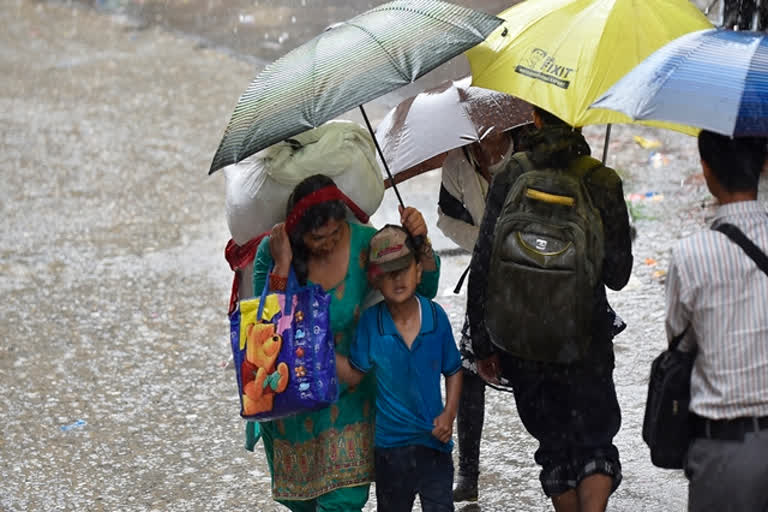Kathmandu: The death toll from the monsoon floods and landslides in Nepal has increased to 55, while the number of affected people stands at around 2.6 million, officials said Sunday.
In Nepal, a total of 55 people died, while 30 others are listed as missing and 33 were injured by the torrential rains that have lashed many cities across Nepal since last Thursday, flooding homes in the southern Tarai plains and causing landslides in the hilly region of the Himalayan nation, media reported.
"As we are collecting reports, the death toll may rise," Bed Nidhi Khanal, chief of the Emergency Operation Centre, said.
The emergency management official, whose office is under the Home Ministry, added that seven helicopters had been sent to different hilly districts hit by the landslides, but they are unable to rescue stranded people due to bad weather.
"The rescue operation will continue tomorrow (Monday)," he said.
Addressing the State Affairs Committee of the Federal Parliament, Home Minister Ram Bahadur Thapa said Sunday that 33,000 people had been affected by torrential monsoon rains in 28 districts.
He added that more than 2,000 people had been rescued.
According to the Nepal Meteorological Forecasting Division, the monsoon that had been in full swing since Friday gradually eased Sunday and the rainfall has been shifting toward the south.
Khanal said that the rainfall eased in some areas, like Kathmandu, but some rivers in the eastern part of the country were still above the flood stage.
After an emergency Cabinet meeting on Sunday, officials decided to make the necessary arrangements to expedite rescue and relief operations in the districts hit by flooding and landslides.
The emergency Cabinet meeting's attendees stressed that government efforts would prevent the loss of additional lives and property.
Communication and Information Technology Minister and government spokesman Gokul Prasad Baskota told a press conference that the government would bear all the expenses of the injured.
These weather incidents are common in South Asia at the time of the most intense monsoon rains between July and August, when storms usually leave hundreds dead and millions affected.
According to the 2017 Nepal Disaster Report, due to its rugged topography, ecological conditions, prevalence of a number of flood-prone rivers, rapid and unplanned urbanization, poverty, inequality and uneven development, Nepal is exposed to a variety of natural and man-induced disasters.
Also Read: Several killed, hundreds displaced due to rains in Bangladesh
More than 80 percent of the population of Nepal is at risk from natural hazards, such as floods, landslides, windstorms, hailstorms, fires, earthquakes and Glacial Lake Outburst Floods.
The report said Nepal was among the 20 most disaster-prone countries in the world because it was located in a seismically active zone with a high probability for powerful earthquakes.
Globally, Nepal ranks 4th and 11th in terms of its relative vulnerability to climate change and earthquakes, respectively.



